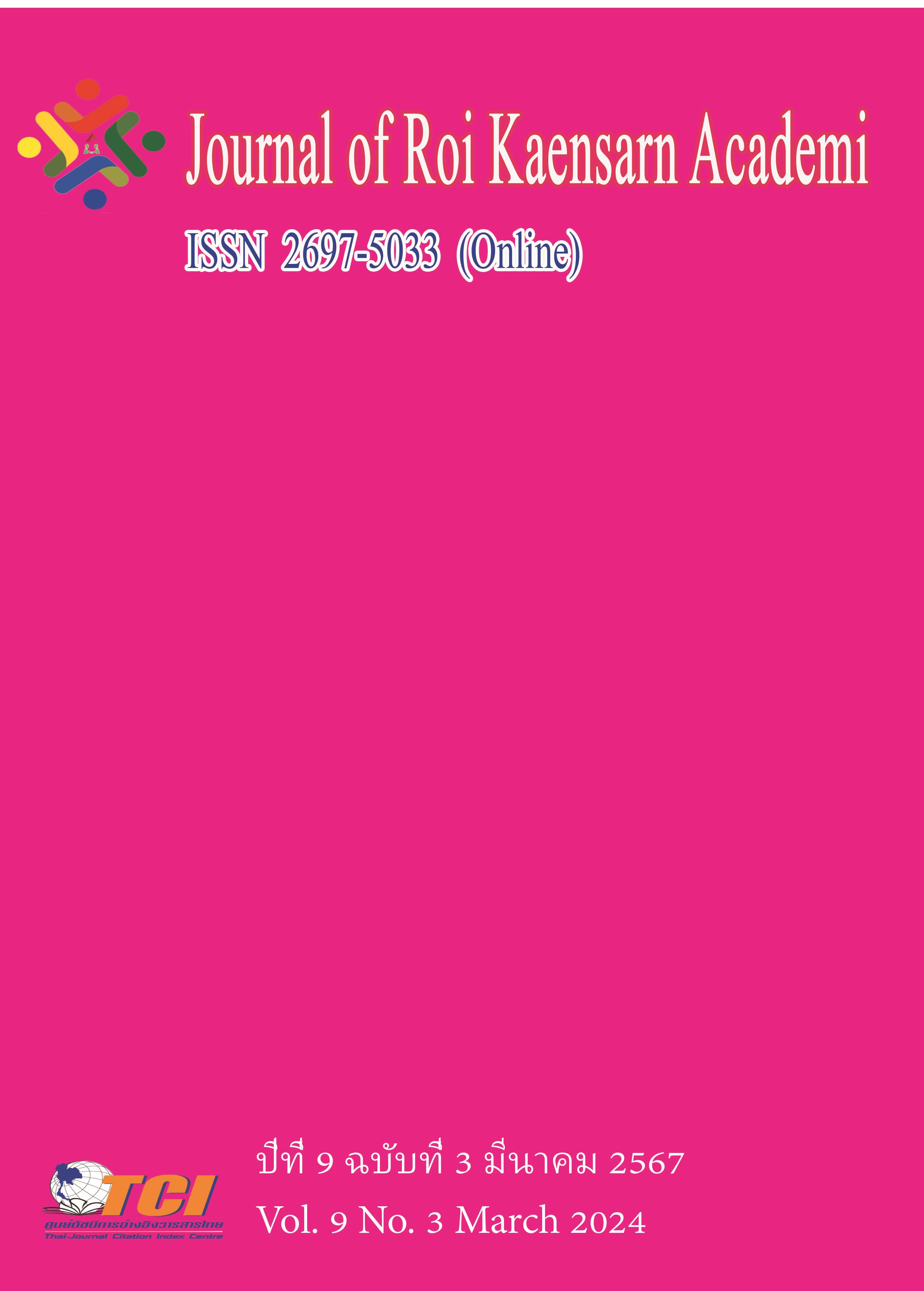The Value Perception and Reconstruction of Cultural Heritage in Chinese City Culture Brand Design
Main Article Content
Abstract
City image Creation requires cultural branding. The construction of an urban cultural brand first requires exploring the unique competitiveness of the city itself. The uniqueness of a specific nation, regional history, cultural tradition, and lifestyle reflected in cultural heritage plays an irreplaceable role in shaping urban cultural brands. However, constructing urban cultural brands with cultural heritage resources has a single dimension of value recognition and meaning interpretation. To better upgrade the work of cultural heritage protection to urban image and shape urban cultural brand, the study proposes from the perspective of meaning-driven innovation in the design field by changing the cognitive context of cultural heritage, broadening the cognitive dimension of value, and optimizing the communication space. To redefine the contemporary significance of cultural heritage; to reconstruct the relationship between cultural heritage and urban cultural brand design from the perspectives of local environment, cultural context, experience interaction, etc.; to explore and obtain urban discourse from the diachronic and immediacy aspects of cultural heritage resources right path. The research conclusions are as follows: it affirms the importance of cultural heritage in constructing urban cultural brands, recognizes and reconstructs its value through methods such as transforming time and space context, and shapes the urban artistic image. This study provides valuable insights into the interactions between cultural heritage, urban development, and urban culture in China.
Article Details
References
Bouchenaki, M. (2003). The interdependency of the tangible and intangible cultural heritage.
Chaozhi, Z., & Minmin, Z. (2020). Integration of culture and tourism: multi-level relationship connotations, challenges and implementation paths. Tourism Tribune/Lvyou Xuekan, 35 (3), 79-83.
Dan, L., & Zhenggang, Y. (2015). Research on issues of urban cultural brand construction in Zhengzhou under the background of inheritance and innovation
Honggang, X. (2005). Path dependence theoretical model of cultural heritage tourism commercialization. Tourism Science, 19 (3), 74-78.
Jervis, R. (1978). Cooperation under the security dilemma. World politics, 30(2), 167-214.
Lu, L., & Shaokang, D. (2020). The Grand Canal and the Discourse Construction of National Image. Journal of Jiangnan University: Humanities and Social Sciences Edition, 19 (1), 40-45.
Lynch, K. (1984). Good city form. MIT press.
Nana, P., Chengjun, D., & Feiyun, L. (2011). Qingdao’s marine cultural heritage and blue culture construction .
Nianxing, Y. (2011). Intangible cultural heritage as a cognitive schema—Pingyao experience in cultural and ecological protected areas. Jinyang Academic Journal. (5), 14-19.
Ping, Z. (2011). On the basic stance and core concepts of the protection of intangible cultural heritage in my country - an academic interpretation of the "Intangible Cultural Heritage Law of the People's Republic of China". Chinese Culture Forum. (3), 68-74.
Sofield, T. H., & Li, F. M. S. (1998). Tourism development and cultural policies in China. Annals of tourism research, 25 (2), 362-392.
Vecco, M. (2010). A definition of cultural heritage: From the tangible to the intangible. Journal of cultural heritage, 11 (3), 321-324.
Xiaotong, F. (2003). Some confessions about “cultural consciousness”. Academic Research, 7 (5), 23-27.
Yanting, W., & Chuwei, W. (2019). Research on Tangshan Industrial Heritage Tourism Promotion Strategy under All-Media Visual Communication. Packaging Engineering Art Edition, 40 (22), 270-274.

